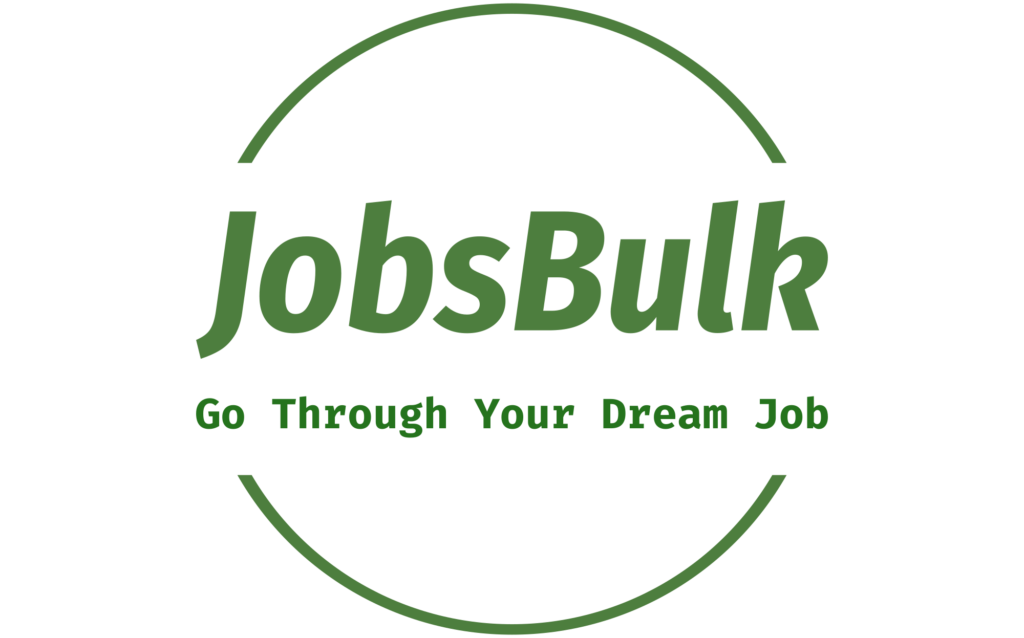
Crafting a Unique and Standout Resume, Your Gateway to Professional Success
Introduction:
In today’s competitive job market, a well-crafted resume is not just a document but a strategic tool that can make or break your chances of landing your dream job. With countless applicants vying for limited positions, it’s essential to create a standout resume that highlights your qualifications and showcases your unique value proposition. In this comprehensive guide, we’ll explore the key elements of a standout resume and provide practical tips to help craft a document that sets you apart from the crowd.
I. Understanding the Purpose of Your Resume:
Before diving into the nitty-gritty details of resume writing, it’s crucial to understand the primary purpose of this document. Your resume is essentially a marketing tool designed to sell your skills, experience, and potential to prospective employers. It serves as your professional introduction, aiming to grab the recruiter’s attention and leave a lasting impression.
II. Emphasizing Your Unique Value Proposition:
To make your resume stand out, you must identify and emphasize your unique value proposition – the combination of skills, experiences, and qualities that make you distinct from other candidates. Consider what separates you and tailor your resume to highlight these key attributes.
A. Personal Branding:
Create a personal brand that reflects your professional identity. This can be conveyed through a well-crafted professional summary at the beginning of your resume, offering a snapshot of who you are and what you bring to the table.
B. Core Competencies:
List your core competencies prominently, showcasing the skills and strengths that make you uniquely qualified for the position. Be specific and use industry-relevant keywords to pass through Applicant Tracking Systems (ATS) effectively.
III. Designing a Visually Appealing Layout:
A visually appealing and well-organized layout can significantly enhance the impact of your resume. Keep the following design tips in mind:
A. Clean and Professional Appearance:
Choose a clean and professional layout with a consistent font and formatting. Avoid clutter and excessive use of design elements that may distract from the content.
B. Strategic Use of Colors:
While maintaining a professional appearance, consider incorporating a touch of colour to make certain elements, such as headings or your name, stand out. This can add a visually appealing touch without sacrificing professionalism.
C. Creative Formats:
Explore creative formats, such as infographic resumes or visual timelines, to present your information engagingly. However, ensure that creativity does not compromise clarity and readability.
IV. Tailoring Your Resume for Each Job Application:
One of the most common mistakes job seekers make is using a one-size-fits-all approach for their resumes. To stand out, customize your resume for each job application:
A. Targeted Objective or Summary:
Tailor your professional objective or summary to align with the specific requirements of the job. Highlight how your unique skills and experiences make you an ideal candidate for the position.
B. Relevant Keywords:
Identify and incorporate keywords from the job description into your resume. ATS systems often scan for these keywords, and including them can improve your chances of passing through initial screenings.
V. Showcasing Achievements and Impact:
Rather than merely listing job responsibilities, focus on showcasing your achievements and the impact you’ve made in previous roles. Use quantifiable metrics and results to demonstrate your contributions. For example:
Instead of: “Managed a team of sales representatives.” Try: “Led a high-performing sales team, resulting in a 20% increase in revenue within the first quarter.”
VI. Including a Portfolio or Work Samples:
If applicable, consider including a portfolio or links to work samples that showcase your skills and accomplishments. This is especially relevant for creative professionals, such as designers, writers, or developers. Providing tangible evidence of your work can set you apart and provide a more comprehensive view of your abilities.
VII. Incorporating Unique Sections:
To make your resume memorable, consider adding unique sections that reflect your personality, interests, or extracurricular activities. Some ideas include:
A. Volunteer Work and Community Involvement:
Highlighting your contributions to the community can demonstrate your values and commitment to making a positive impact beyond the workplace.
B. Hobbies and Interests:
Including a section on hobbies and interests can provide a glimpse into your personality and help you connect with potential employers on a more personal level. However, ensure that these align with the professional image you want to portray.
VIII. Utilizing a Strong Call-to-Action:
End your resume with a strong call to action, inviting employers to contact you for further discussion. This proactive approach signals your enthusiasm and eagerness to move forward in the hiring process.
Conclusion:
Crafting a standout resume is a dynamic process that requires careful consideration of your unique strengths, thoughtful customization for each application, and a keen eye for design. By strategically presenting your skills, achievements, and personal brand, you can create a resume that not only passes through initial screenings but also captivates the attention of hiring managers.
Remember, the goal is not just to showcase your qualifications but to leave a lasting impression that distinguishes you from the competition. With a well-crafted, unique resume in hand, you’ll be better positioned to navigate the competitive job market and secure the opportunities you aspire to achieve.
